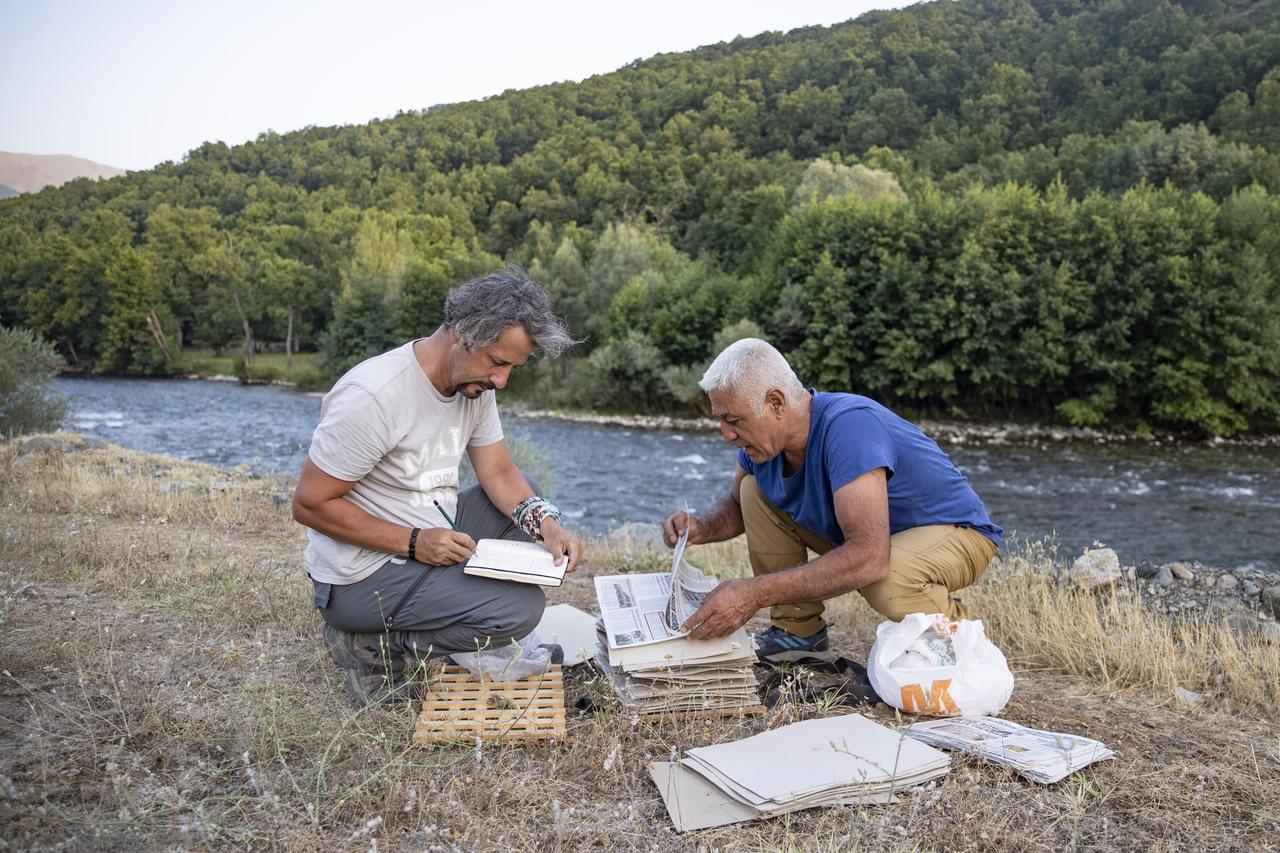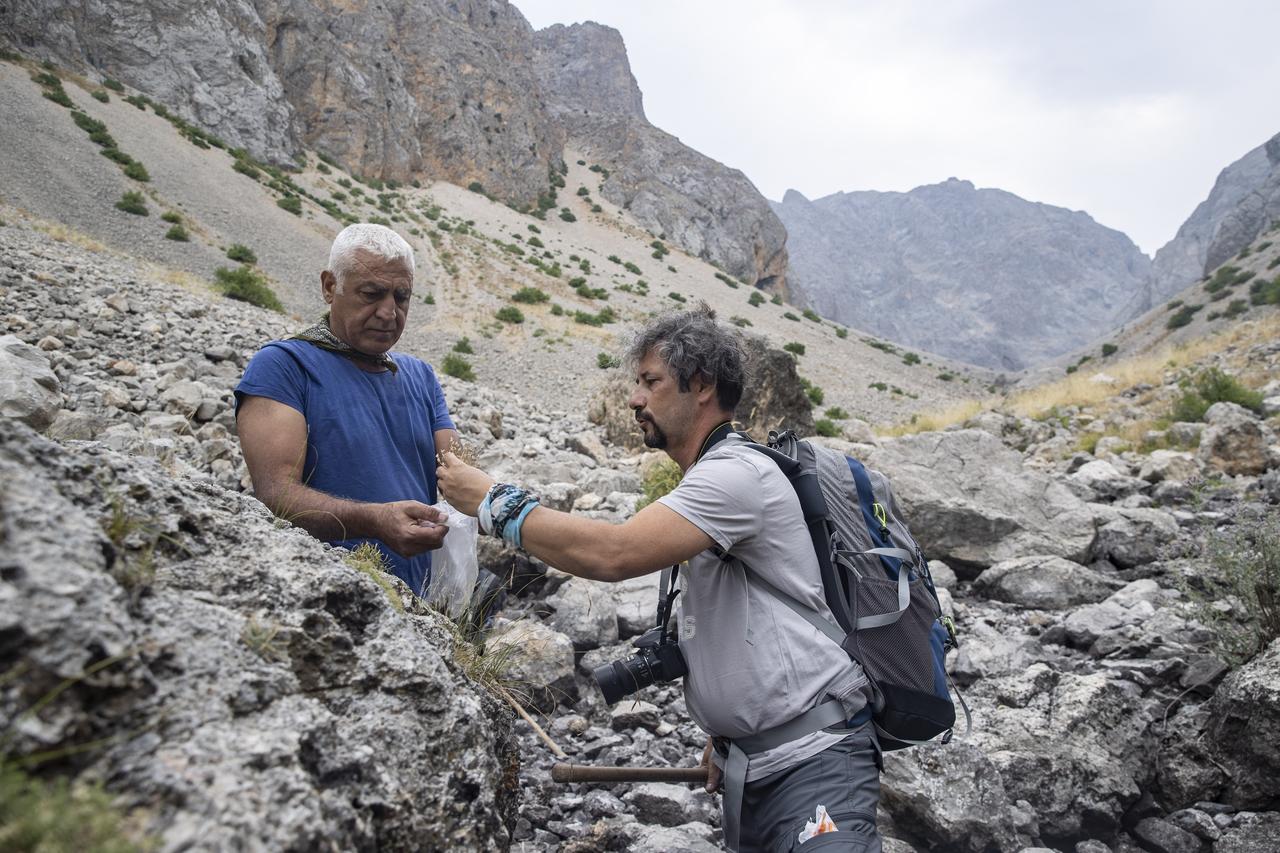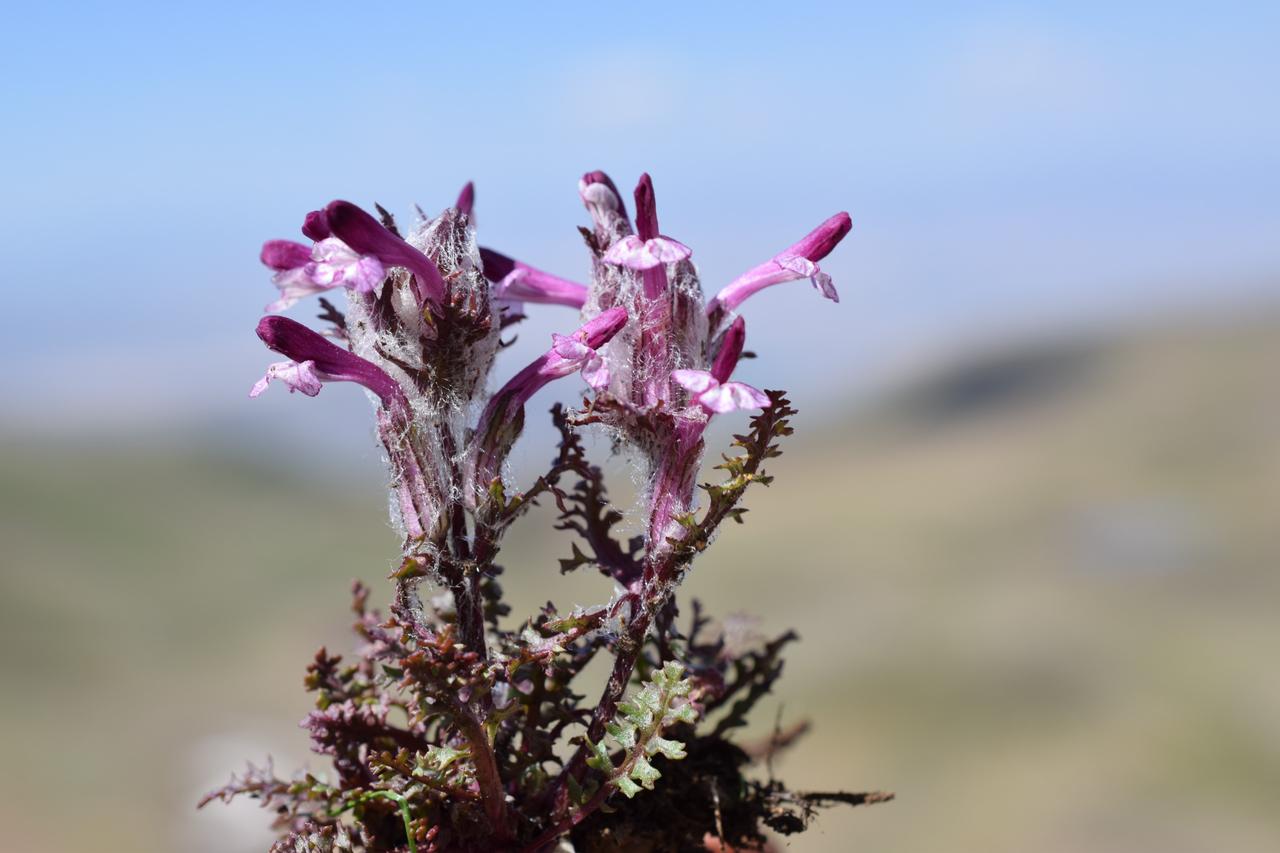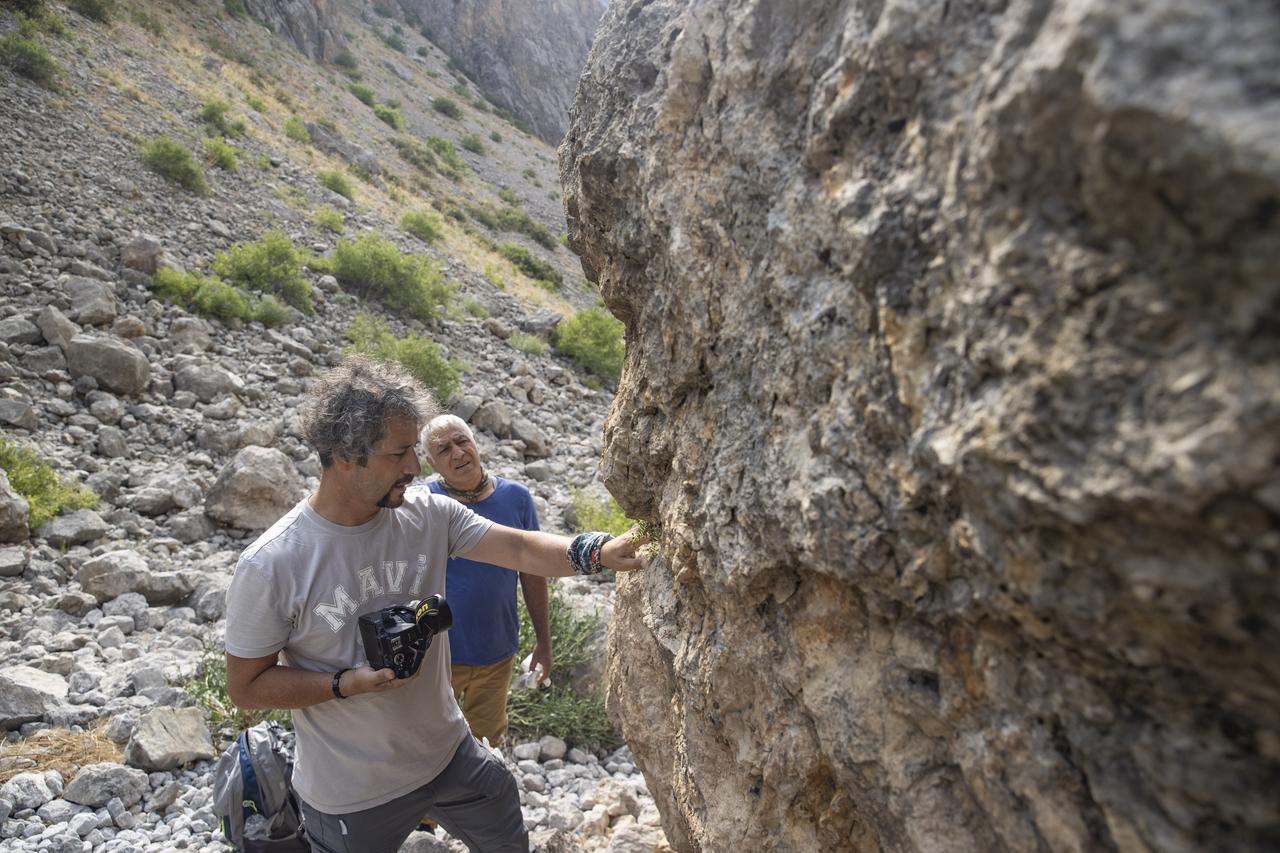
Konya-based academic Metin Armagan has added five plant species from the eastern province of Tunceli to the scientific record, underscoring the region’s remarkable biodiversity and the scale of his long-running fieldwork across its mountains and valleys.
Armagan, a professor at Necmettin Erbakan University’s Eregli Faculty of Agriculture, has documented five species from Tunceli that are now published in peer-reviewed journals (the “literature”): Gypsophila munzurensis (“Munzurun nefesi”), Gundelia vitekii (“Sutluce kengeri”), Pedicularis munzurdaghensis (“Aksakalli”), Allium muratozelii (“Azizabdal sogani”) and Allium shinasii (“Hakis sogani”). The descriptions appeared in Annalen des Naturhistorischen Museums Wien, Phytotaxa and Nordic Journal of Botany.

Since 2011, Armagan has returned at intervals to Tunceli—guided in the field by Murat Ozel of the local Nature Conservation and National Parks office—to survey sites ranging from the districts of Ovacik, Pulumur, Mazgirt, Hozat and Cemisgezek to Munzur Valley National Park. Many of his surveys take place at around 3,000 meters above sea level.
“In 2014, a biodiversity inventory of Tunceli was going to be prepared and they offered it to me. I accepted without hesitation, because since 2011 it had been my dream to come back to Tunceli. After 2014 I kept coming here every year to continue working. Tunceli has become like a second home to me. It is a great joy to come to this landscape, walk its mountains and valleys, discover new plants and contribute to its biodiversity,” he said.

Tunceli hosts about 2,200 flowering plants, nearly one-fifth of which are endemic—that is, found only in a specific region. Armagan explained that these unique species cluster on limestone and chalky rock, in deep valleys and at higher elevations. “There are about 450 endemic species here,” he noted.
Beyond the five species already published, Armagan said his team has discovered 10 new plants in Tunceli since 2014 and is currently examining 10 more across the onion (Allium), violet (Viola), suh (local term used in the source), mullein (Verbascum) and St John’s wort (Hypericum) groups. “Since 2014, we have discovered 10 different new plants in Tunceli. Besides these, we are currently working on 10 more species. We will soon introduce these to the scientific world and add them to the literature. They are also local endemics, with discovery only from Tunceli,” he said. Local endemic refers to species restricted to a single province or very small area.

His surveys have also relocated threatened plants known locally as Buldumcuk, Kalan nakili and Horoz gulu in different parts of the province, reinforcing the conservation value of ongoing field checks.